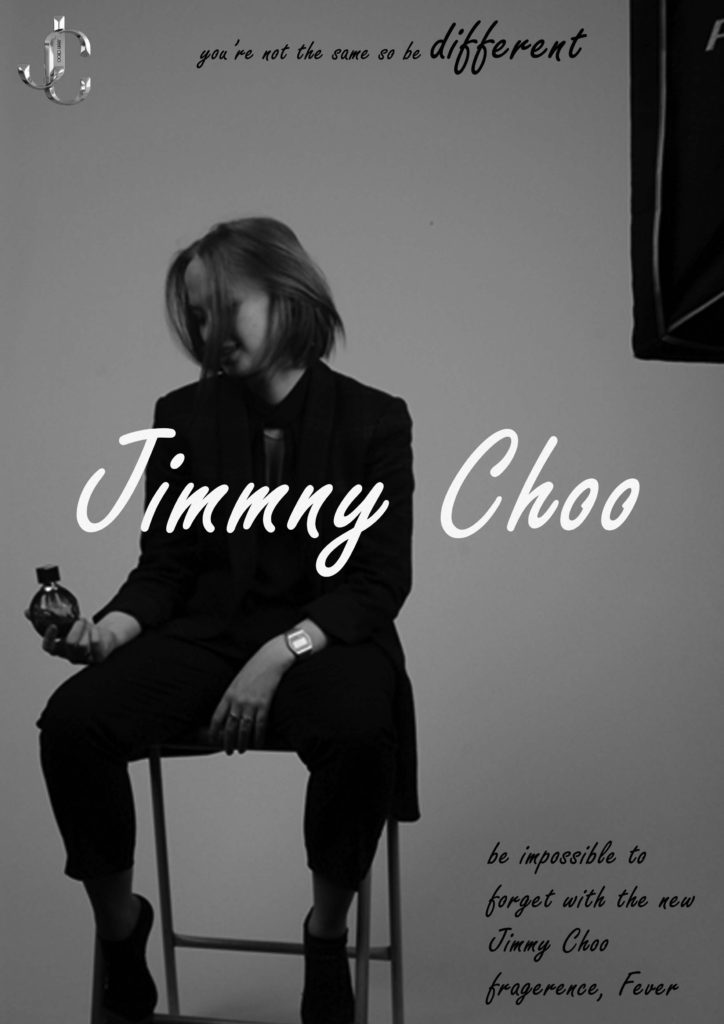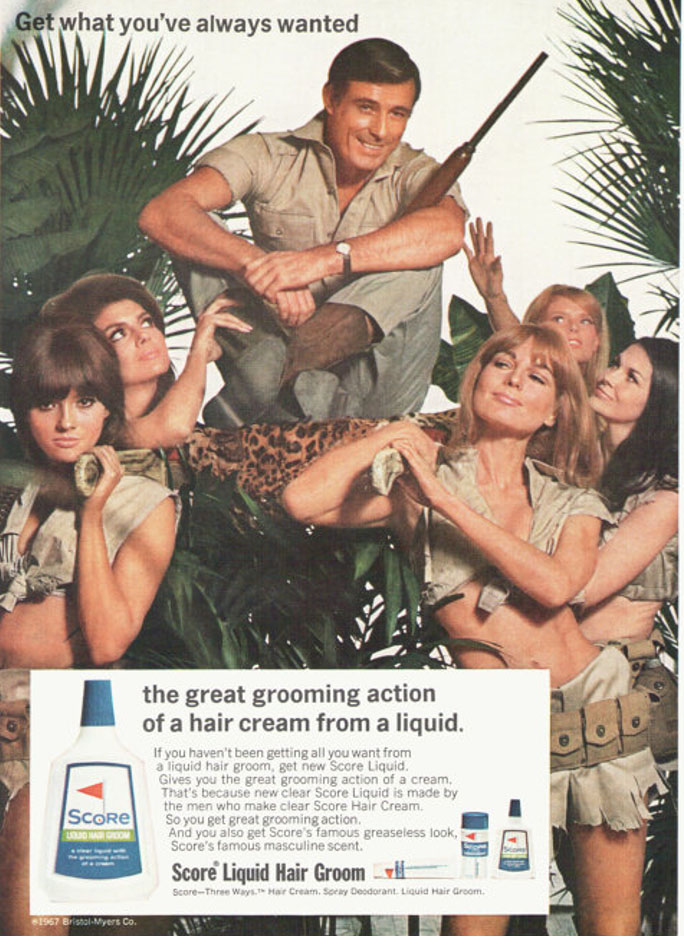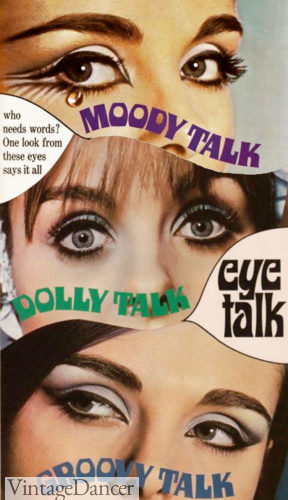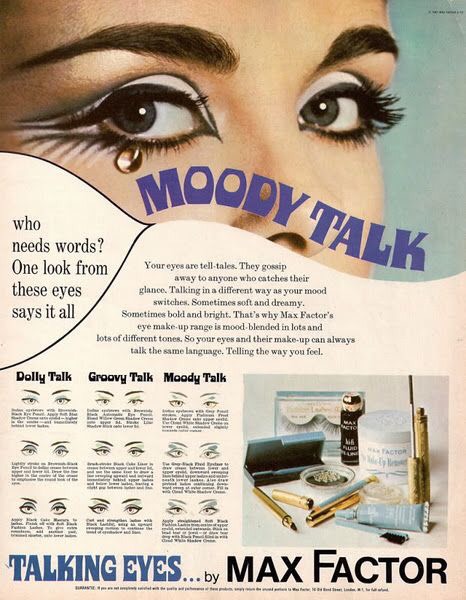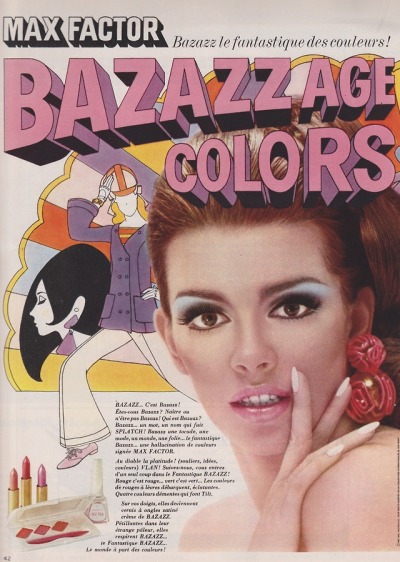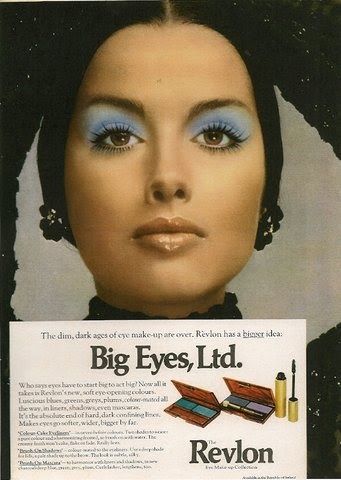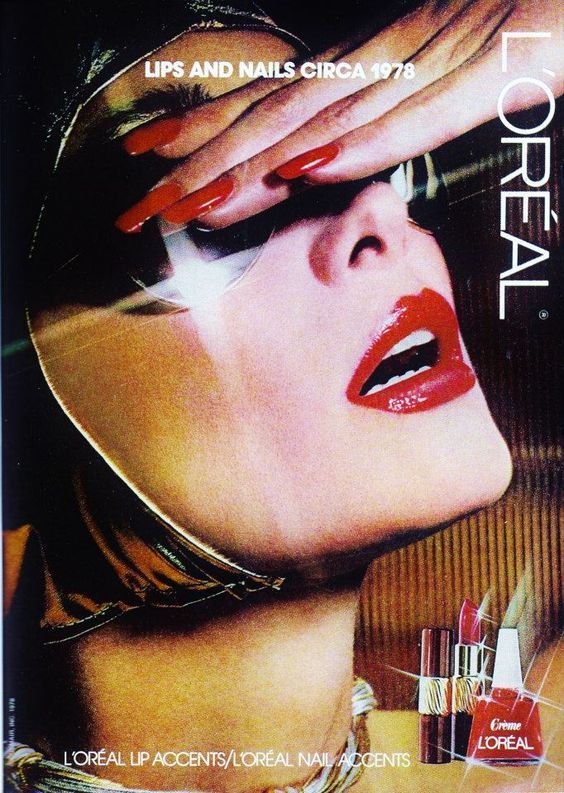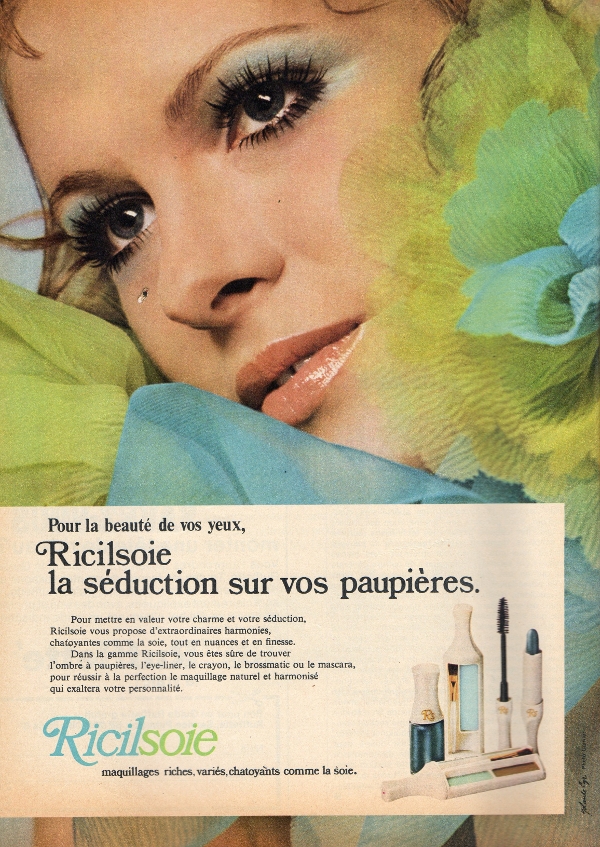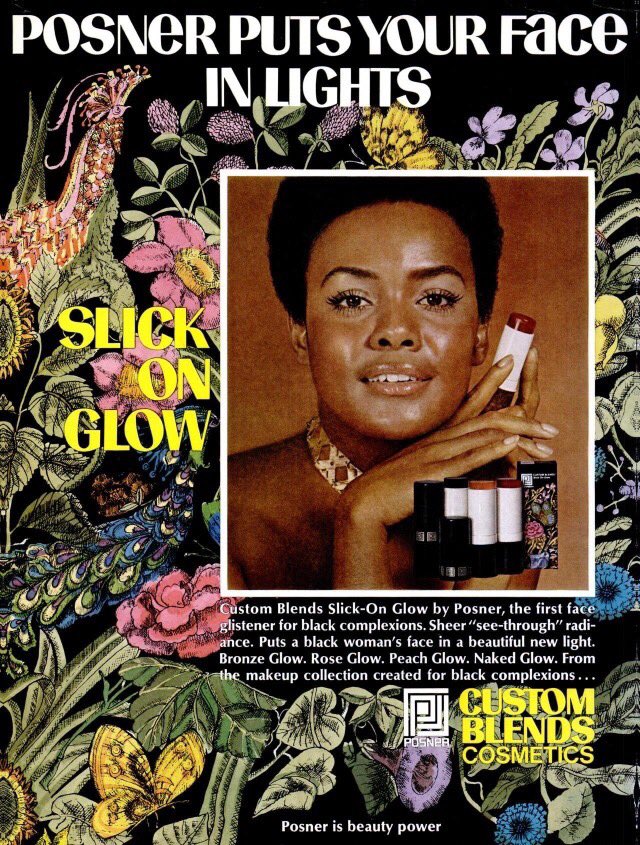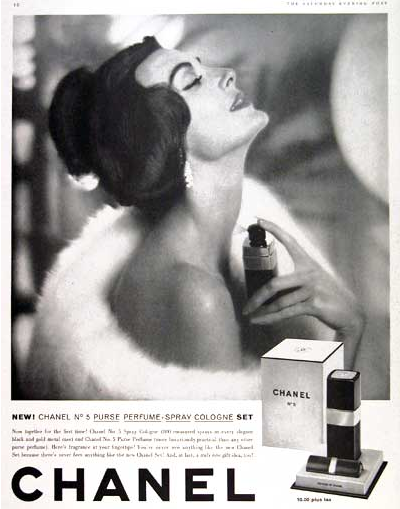Fluidity of identity–
Fluidity of identity is about how the current representation of people in mainstream media is always changing, and that what is currently the standard representation of people now is not the same as what it possibly used to be or what it will be in the future. For example David Gauntlet states “depiction of the passive housewife throughout the twentieth century was being increasingly replaced by images of assertive women taking control of their lives” which is a great example as it shows real life a scenario of our changing perception of certain people identity’s due to the changing times as this “movement” was ultimately being encouraged by the Spice Girls. Another example of fluidity of identity is how men used to be perceived as strong, tough and were not expected to display deep emotions whereas now men our greatly encouraged to speak about their feelings and are seen as equals to women too.
Essentially we will never have a fixed identity, because we will always be willing to adapt and adhere to the new or current social norms.
Constructed identity–
Even though the standard representation of men and women are forever changing, there are still a number of events, people and things which can also help with shaping identity. For example as David Gauntlet mentions in his identity theory, things like social media influencers, films, etc distribute insight into different ways of living which we sometimes intentionally or subconsciously attempt to integrate into our lives. Similar theory’s have been developed such as Albert Bandura’s social learning theory, in which he theorises children learn behaviour traits from figures that they observe on TV: however Gauntlet himself did actually conduct a Lego experiment in which he observed how people develop multiple personality’s and adhere them to different social situations depending on who you are conversing with.
Overall, constructed identity is about the different things that effect and shape you overall personality, or that “we may carefully select which details to reveal so we can manage how we are viewed by other people.“- David Gauntlet
Negotiated identity,
A brief explanation of negotiated identity is that it is the line where your desired appearance to other people meets the expectation that other people have of you. for example as Erving Goffman states in his theory of social interaction, “We need to reach a “working consensus” or agreement regarding the roles each person will assume in any interaction.” This could also be described as adapting your personality for the social scenario you are in.
Collective identity
The phrase collective identity is a reference to the natural human desire of belonging, specifically to a group. An example of this would be religion as it brings people together to create a community in which people treat each other like family which of course creates a sense of belonging.

